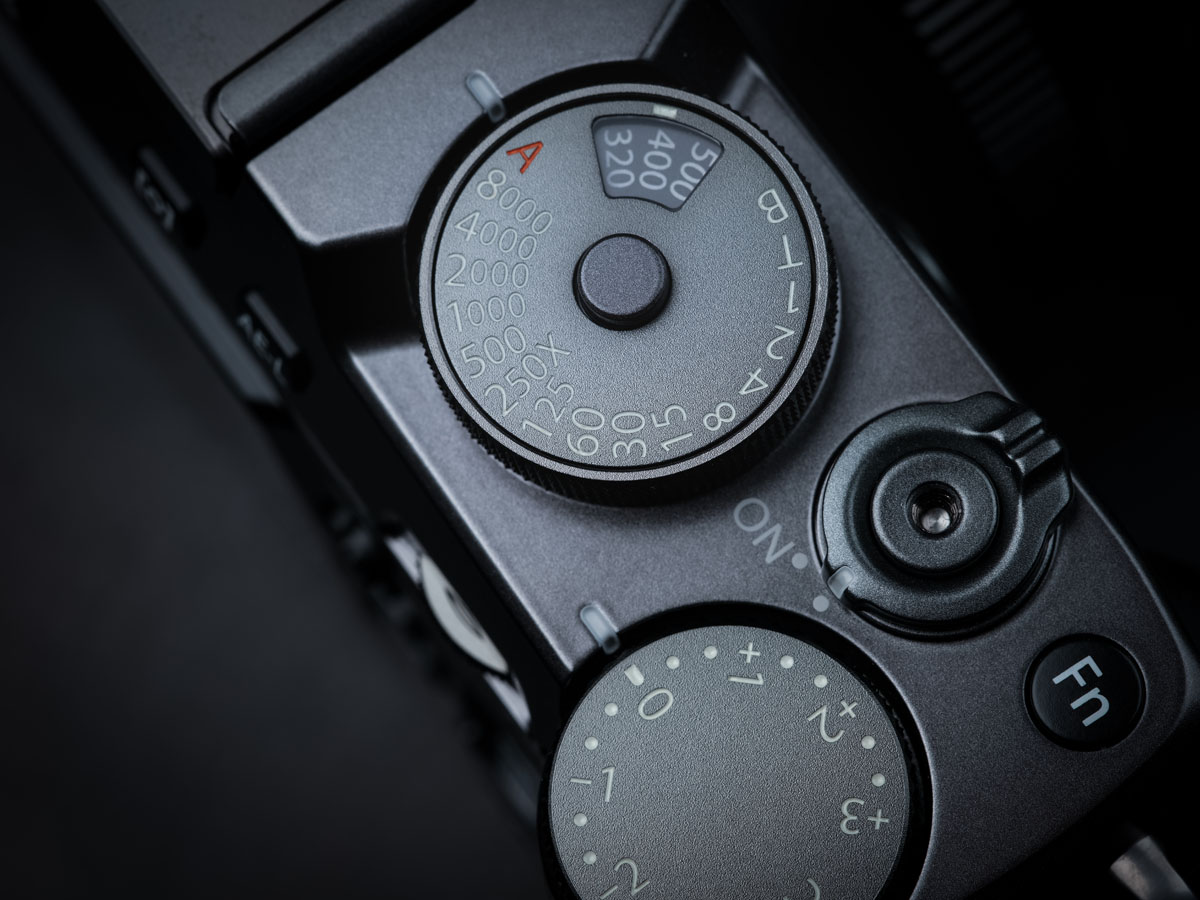Review: Fujifilm X-Pro2 Mirrorless Digital Camera
Fujifilm entered the market of mirrorless systems almost four years ago with a very successful camera Fujifilm X-Pro1. Technically, the device was as good as the best analogs of competitors, and as further development of Fujifilm mirrorless cameras has proved, belonged to the class of flagship solutions.
Over the next four years, the manufacturer has been creating new mirrorless cameras. By the end of 2015, Fujifilm has released nine models of four ranges: A, E, M, and T. Furthermore, the T devices were considered to be the flagships for some time – due to the fact that the legendary Fujifilm X-Pro1 didn't have a successor.
Fujifilm X-Pro2 was equipped with a new matrix of dimension range APS-C with a resolution of 24 megapixels (the maximum dimension - 6000x4000 pixels), based on the technology X-Trans CMOS III and with ISO rating 200 to 12800 ISO units (with extension 100-51200 ISO). Backside illumination sensor is not used in the matrix.
Secondly, the processor. Yes, the Fujifilm X-Pro2 uses a new EXR Processor III.
The third is the ability to shoot movies in Ultra HD. Unfortunately, Fujifilm is still not very interested in advancing of video shooting in its mirrorless cameras. Therefore, no, Fujifilm X-Pro2 does not support Ultra HD, only full HD at the speed of 60 fps.
The design of Fujifilm X-Pro2 allows to install two memory cards SD standard; the camera is equipped with built-in Wi-Fi module to synchronize with PC and smartphones, its body is dust and water resistant. However, the point 7, against all expectations of experts, has not been realized: Fujifilm X-Pro2 has a simple screen, not a touch screen. Although, with good resolution 1.6 megapixels.
Making certain that photo industry forecasters are worth their salt, we will try to compare this new flagship device to its predecessor. Namely, with Fujifilm X-T1 released in January 2014.
It can be noticed at once that Fujifilm X-Pro2 is significantly larger then Fujifilm X-T1. The size of a new camera is almost the same: 141x83x56 millimeters. Moreover, it is rather heavy - even without the lens, Fujifilm X-Pro2 weighs almost half a kilo.
Such changes in weight and size have been partially caused by the implementation of a hybrid viewfinder - both electronic and optical (tunnel). Such kind of a viewfinder is used in a premium Fujifilm X100T, and it has been greatly approved.
All in all, Fujifilm X-Pro2 offers rather smart design solution. It has plenty of mechanical elements: six adjustable buttons and a joystick to select focus points. However, among the questionable moments can be named a fixed rear screen (Fujifilm X-T1 has a folding screen) and a shutter speed dial combined with ISO dial. ( Fujifilm X-T1 has different dials for that).
Apart from a new matrix and two memory cards support, among undeniable advantages of Fujifilm X-Pro2 could be named a new hybrid autofocus system with 273 sensors and a hybrid electro-mechanical shutter. Autofocus allows selecting the mode: full or simple. The last has 77 points – what is more convenient when you want to select focus area manually.
As for the shutter, it can generate shutter speed from 1/32000 due to its electronic component. The mechanical part is also rather advanced – minimal length of synchronization with Speedlight in Fujifilm X-Pro2 is 1/250.
In general, Fujifilm X-Pro2 can undoubtedly be referred to the flagship class of modern mirrorless cameras. However, among the manufacturer's models, Fujifilm X-T1 keeps its top position so far. So, Fujifilm X-Pro2 can be considered as an alternative leader that makes more detailed images, has more precise autofocus and allows to crop an image using a traditional tunnel viewfinder. But it’s more sizable, has somewhat more peculiar control system, don’t have a folding screen and lives from one battery charge to another.












